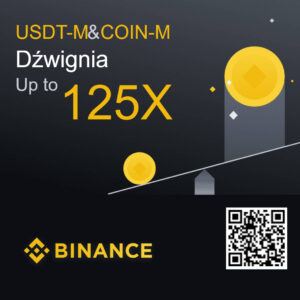Rate EOS 0,00005521 BTC
Change (24h): 0,00%
Started at: 06-05-2017, Concept: Delegated Proof of Stake
Tags: Cryptocurrency, Decentralized Applications, Smart Contracts, Token Issuance, Delegated Proof Of Stake, Scalable, Feeless, High Transaction Speed (TPS), Made in USA
Calculator EOS / BTC
How is 1 EOS?
| EOS | 0 BTC | |
| BTC | 0 EOS |
Team
- Brendan Blumer
- Daniel Larimer
- Andrew Bliss
- Ian Grigg
- Rob Jesudason
- Michael Alexander
- Kokuei Yuan
- James Mendes
- Sheel Kohli
Another prices
- XIN 0.01 USD 0,00%
- AAVE 44.04 EUR 0,00%
- ETH 0.0345 BTC -1,15%
- PAY 0.0062 PLN 0,00%
- BOB 0.00031 PLN 0,00%
- XLM 0.00000254 BTC -2,31%
- VET 0.00000013 BTC -7,14%
- AION 0.00000139 BTC 0,00%
- AGI 0.00000668 BTC 0,00%
- DASH 0.0004234 BTC -8,28%
Do you know how buy EOS?
Description
EOS is a blockchain platform designed to facilitate the development and hosting of decentralized applications (dApps) with a focus on scalability and user-friendliness. Its architecture allows for fast transactions and a robust ecosystem for developers. Source: CoinPaprika.com
Do you have account on KryptoBot?



